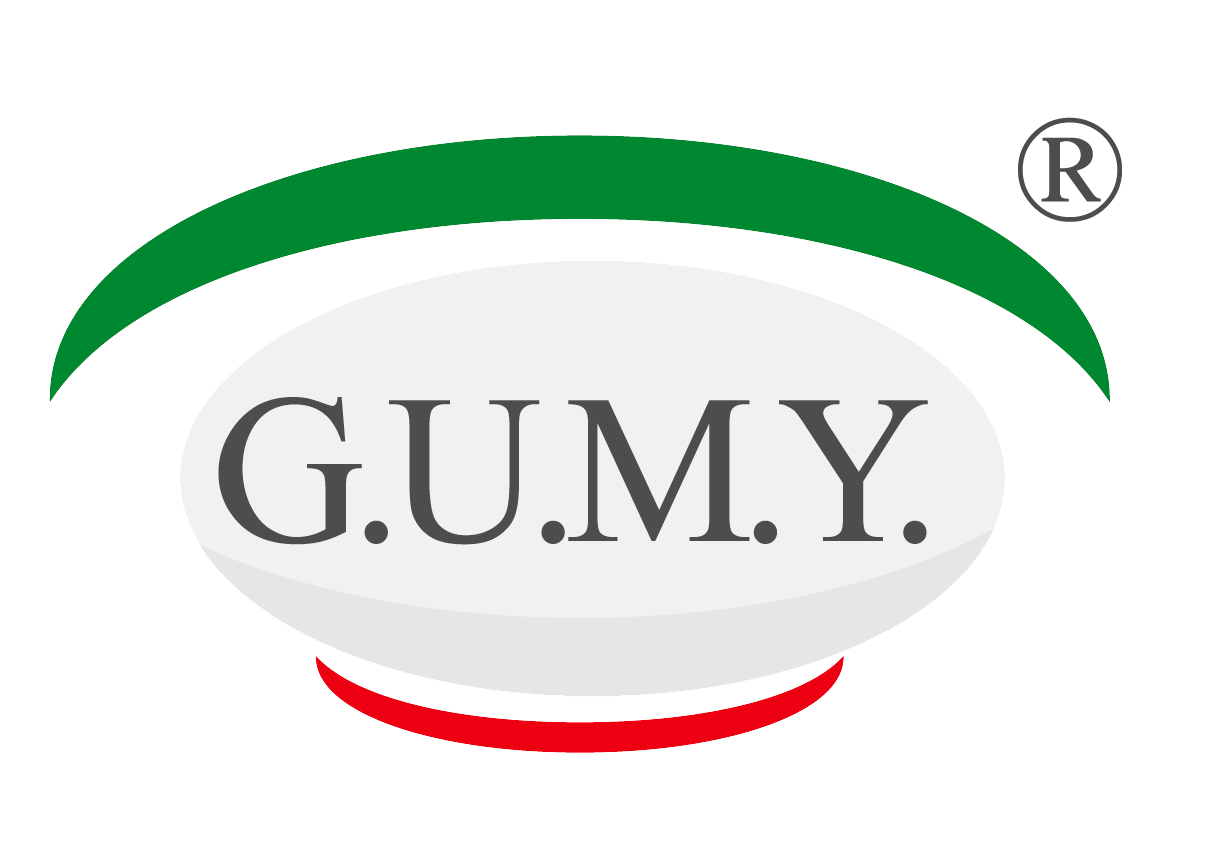AI-powered analytics is all about connecting insights to actions, quickly and at scale
Over the last few years at ServiceNow, the analytics function has evolved from a team that produced dashboards to one that’s transforming how we run our business. Data now informs every important decision we make, from forecasting the quarter and identifying technology services at risk to isolating factors that drive customer loyalty.
The analytics team helps us make all these decisions, and others too, by bringing analytics and workflows together. AI-powered analytics help us understand what has happened, what’s happening, and what’s going to happen in our organization, across our customer base, and in the markets where we compete.
The biggest challenge in modern analytics, we’ve found, is connecting insights and actions. For example, it’s great to build a machine learning algorithm that identifies customers or employees who are at risk of leaving you for a competitor. Yet it’s not enough to send an email alert and hope for the best. Instead, your analytics insight should trigger a playbook that the team can use to achieve a positive outcome.
In short, insight is not the finish line of AI and machine learning (AI/ML). Rather, the end goal is to harness insights to workflows so they drive desirable outcomes in a repeatable, scalable manner. You can apply this analytics + workflow template to any organizational function, from customers and products to contacts, partners, talent, and more.
Key benefits include moving faster from insight to action, improving outcomes, and decreasing time to value. That’s vital at a time when 45% of organizations worldwide are in economic decline or recession, according to a July 2020 survey from IDC. Companies of all sizes require solutions that will enable short-term survival and long-term resilience. That helps explain why 64% of companies in the survey plan to be early adopters of emerging tech.
From insight to action
My experience working in organizations is that the top 20% of employees just inherently know what to do, whether it’s an average Tuesday or a crisis Thursday. So how do you take what’s in their brains and disseminate it across the organization? AI can help by scanning vast data sets for actions that produce desirable outcomes. The next step is to codify those best practices, using your top talent, into playbooks that can help uplevel talent all across the organization.
[Read also: Boost your ROI with data analytics]
Here’s a product example. As a SaaS company, we pay close attention to upgrade patterns among our customers. More than 6,200 organizations worldwide run IT, customer, and employee workflows on the Now Platform. We want all our customers to use the current release of our platform so they can take advantage of our latest, greatest features. (To help customers keep track of all the releases, we name each one after a city. We announced the Orlando release in the spring of 2020 and the Paris release in the fall of 2020. The next scheduled release is Quebec, due out in spring 2021.) I’ll bet you can’t guess what the “U” release will be named.
Thanks to the analytics team, our customer success professionals are all equipped with a dashboard that shows the essential information about every single customer, including the products they’ve bought, their usage of those products, their satisfaction levels, and their upgrade status. Each insight is paired with a corresponding workflow designed to resolve the issue at hand.
In this case, the dashboard issues an alert that the customer has not yet upgraded from Orlando to Paris. When the analyst clicks on that alert, she triggers a five-step workflow that she can follow to help the customer achieve a successful platform upgrade. Once the desired outcome is achieved, the information is fed back into the NOW platform to help optimize all the digital workflows and machine-learning models associated with upgrading to the latest platform release.
Virtuous cycles
In principle, AI can make any organizational process faster, more automated, more data driven. Yet AI is only helpful if you apply it in the right way, to the right use cases, at the right time. It’s all about closing the loop from insight, to action, to resolution, and finally optimization.
So how do you activate this virtuous cycle? Basically, any business process that involves a rating, ranking, or forecast is a candidate for AI. Rating is about intelligent adaptation. For example, if an employee enters a German query in a service portal, AI/ML can help surface the right German knowledge base article to answer that query. As a result, the employee can quickly solve their issue and get back to work that creates value for the company.
On the ranking front, every CXO in the world wants to know how to boost their company’s customer Net Promoter Score (NPS), which is a leading indicator of higher growth. AI/ML can rank thousands or millions of past actions, such as feature enhancements, pricing changes, or shipping time reductions, to identify factors that are most highly correlated with rising NPS.
Finally, forecasting is about making intelligent predictions based on signals from data. Whether you sell light bulbs, software, or streaming video, for example, AI can help you forecast the staffing levels that you’ll need to handle customer service as you scale.
Democratizing AI
In the past, advanced data analytics powered by machine learning was something you hired data scientists to do. In the COVID era and beyond, the most successful companies will automate at scale and leverage data as their most important asset, no matter what market they play in. For this to happen, we need to lose the mindset that AI/ML are the province of specialized experts. Instead, we need to infuse AI/ML in every aspect of how our companies operate and go to market.
In future we’ll still need AI experts for complex, specialized use cases where it’s not clear what the question is. For example: What are the factors in the first six months of a customer’s journey that lend themselves to their becoming an account at risk two years later? You can only answer that question by using AI/ML to tease out causes and effects from the data.
For the vast majority of cases, analysts should be able to use machine learning applications like they use Excel today. These applications should be simple and easy to configure. Analysts should be able to fire them up without writing a single line of code. They’ll answer relatively straightforward questions: What are the accounts at risk? Where should I route this HR case ticket? How many service reps will my Chicago call center need six months from now? This requires a low-code/no-code platform that democratizes AI/ML so that everyone can use it effectively.
The autonomous enterprise
Accelerating time to value is a challenge for all business leaders, including CIOs. We need to turn data signals into insights, turn those insights into actions, and then track results. That cycle time needs to shrink from months and quarters down to hours and days.
This came up recently in a conversation with the CIO of a leading consumer packaged goods company. “When someone buys a certain item off the shelf in a grocery store, I want to know instantly how that action will influence behavior at all the other stores in the region that stock my goods,” he said.
That’s a perfect challenge for AI/ML. The mission of the modern CIO is to shrink time to value by automating at scale and diffusing AI-based decision-making throughout the company. Our goal is to codify all major business processes into repeatable, scalable workflows that can inform all decisions based on rating, ranking, or forecasting.
In short, AI/ML can help us build autonomous enterprises where work flows seamlessly across systems, applications, platforms, and roles. As CIOs, we should be accountable for the bottom-line impact of that transformation. I’m excited about this challenge, and I hope you are too.




